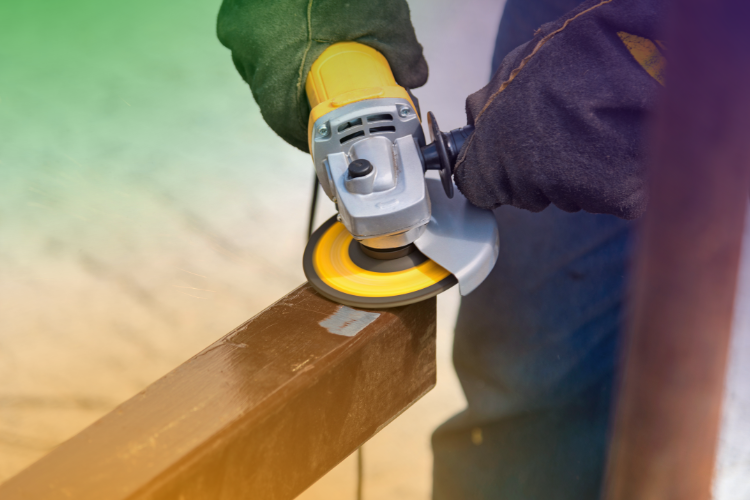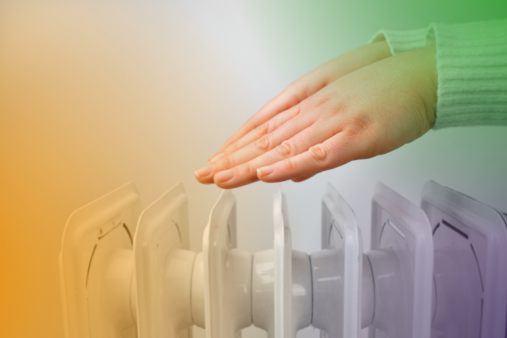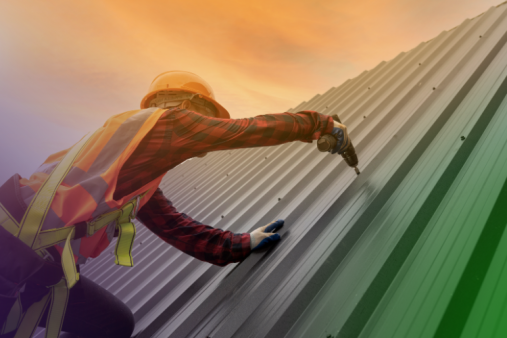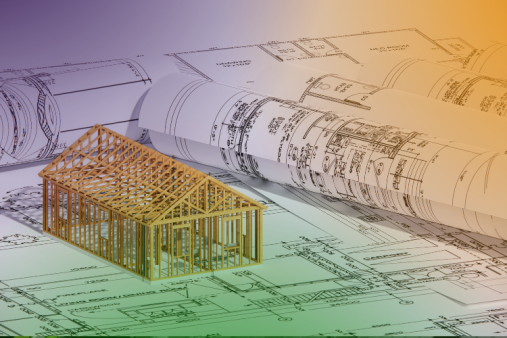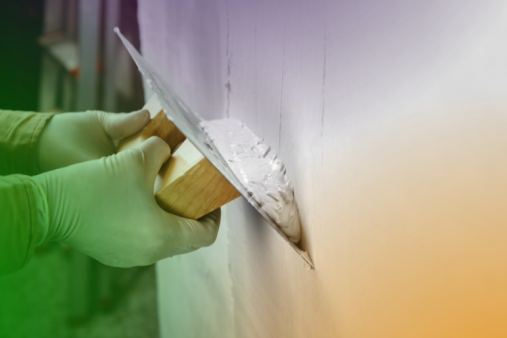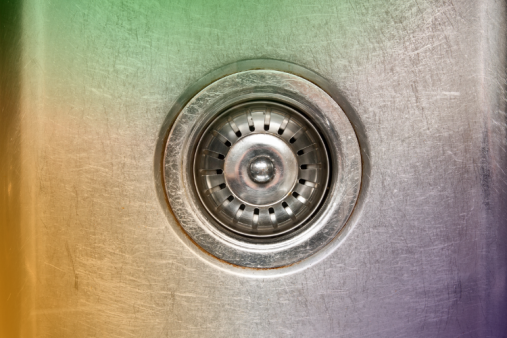What is Abrasion Resistance?
Abrasion resistance refers to the ability of a material to withstand wear, friction, or rubbing forces over time without undergoing significant deterioration or damage. It is a crucial property in various industries where materials are subjected to repeated contact with abrasive substances or surfaces. The resistance to abrasion is particularly important in applications such as manufacturing, construction, mining, automotive, and the production of various consumer goods.
What is the difference between wear and abrasion resistance?
"Wear resistance" and "abrasion resistance" are related terms that describe a material's ability to withstand damage or deterioration due to mechanical forces, but they refer to slightly different aspects of material performance.
-
Wear Resistance:
- Definition: Wear resistance is a broader term that encompasses the ability of a material to resist any form of wear, including abrasion, adhesion, erosion, and fatigue. It generally refers to the overall capacity of a material to maintain its integrity and function under repeated mechanical actions.
- Types of Wear: Wear can take various forms, such as abrasive wear (caused by the movement of abrasive particles against a surface), adhesive wear (resulting from the adhesion and tearing apart of material), erosive wear (due to the impact of particles carried by a fluid), and fatigue wear (caused by repeated loading and unloading).
-
Abrasion Resistance:
- Definition: Abrasion resistance specifically focuses on a material's ability to withstand wear caused by the scraping, rubbing, or grinding action of abrasive particles. Abrasion typically involves the removal of material from the surface due to the mechanical action of abrasive materials.
- Application: Abrasion resistance is particularly relevant in situations where surfaces come into contact with abrasive substances or environments, such as the wear of machine components, conveyor belts, road surfaces, or materials used in mining and construction.
In summary, wear resistance is a broader term encompassing various types of wear, while abrasion resistance specifically addresses the resistance to wear caused by abrasive materials. Both properties are critical considerations in material selection for applications where mechanical forces and wear are significant factors.
What material has the best abrasion resistance?
Several materials are known for their excellent abrasion resistance, and the choice of the best material depends on the specific application and environmental conditions. Here are some materials commonly recognized for their high abrasion resistance:
-
Hardened Steel:
- Alloyed or heat-treated steels, including materials like AR400 and AR500, are known for their exceptional hardness and resistance to abrasion. They are commonly used in applications such as mining equipment, conveyor systems, and cutting tools.
-
Ceramics:
- Ceramic materials, such as alumina, silicon carbide, and boron carbide, are renowned for their hardness and abrasion resistance. Ceramics are often used in components like wear liners, cutting tools, and grinding media.
-
Tungsten Carbide:
- Tungsten carbide is a hard and durable material commonly used in cutting tools, drilling equipment, and wear-resistant components. It offers excellent resistance to abrasion, making it suitable for demanding industrial applications.
-
Hardened Chrome Plating:
- Chrome plating, particularly hard chrome plating, provides a protective layer that enhances abrasion resistance. It is often applied to components in hydraulic cylinders, industrial rolls, and certain automotive parts.
-
Polyurethane:
- Polyurethane is a synthetic material known for its flexibility, impact resistance, and abrasion resistance. It is commonly used in applications such as conveyor belts, seals, and rollers.
-
Rubber Compounds:
- Certain rubber compounds, especially those formulated with high abrasion-resistant additives or reinforced with materials like aramid fibers, can exhibit excellent resistance to wear. Rubber is commonly used in applications such as tires, conveyor belts, and industrial linings.
-
High-Density Polyethylene (HDPE):
- HDPE is a thermoplastic known for its toughness and resistance to abrasion. It is often used in applications such as pipelines, chute liners, and cutting boards.
It's essential to consider the specific requirements of the application, including factors like impact resistance, temperature, and chemical exposure, in addition to abrasion resistance. Material selection should be based on a comprehensive understanding of the operating conditions and the desired performance characteristics. Additionally, industry standards and testing methods can help assess and compare the abrasion resistance of different materials.
